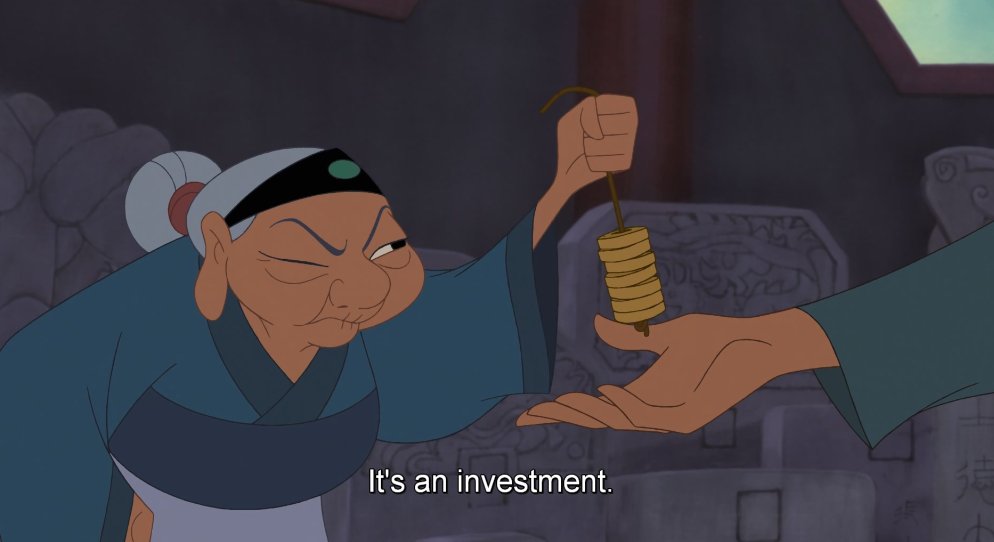This week we learned all about money, such as what was considered money and why. I chose to do the additional reading about money on Eurasian trade routes or silk roads. There were three main factors that defined money’s value. The “money must be payable, measurable, and acceptable” (Wang 1). This does not necessarily mean that money is in the form of coins, or paper money, it can also be silk or turtle shells or tools and in some cases, grain. Money had two functions: to serve as a form of payment and to “serve in the fulfillment of an obligation” (Wang 1). It was important that people agree on the amount or size of a payment and what material that payment will be in the form of. As we talked about in class on Tuesday, if someone decides to make their own money system and use that money as a form of payment but it is not agreed upon by both parties, there is a disagreement and problems arise. It is also important to make note of how much each product is worth, for example, the cost of a camel vs a horse vs jewelry. There needs to be a system established, other wise many problems will arise. I found it cool that people would use turtle shells with divine inscriptions on them or different textiles as a form of payment. Today, at least to me as a person and not the country as a whole, people are so dependent on paper money and coins instead of trading different textiles. People are so dependent on money because it says a lot about their power over other people. The more money you have, the richer you are, the more opportunities are open for you, the nicer your clothes and items will be, etc. Money always causes problems for other people, whether its the case that you do not have enough money (in debt), you are not getting the amount you deserve for labor, or it is taken away from you (taxes). Learning about how money with a whole in the center would be attached to a string that people would carry around and use made me think of Mulan, when the grandmother and the father make bets with each other and gamble (I know it is a little unrelated). I also wondered if there were severe gambling problems during this time period as people are always hungry for more power. Did they just gamble with actual coins or could they do it with other things such as turtle shells or silk?

In class on Thursday, Dr. D so graciously gave us time to work on our bibliographies and find different sources for our final project. For my final project, I will be looking into the different cosmetics of ancient China and how different materials were established or what the popular trends were at certain periods throughout time. I did find one article that talked about how there was a white powder found inside pearls that women would do to put on their faces. It was also interesting to read about how the materials were made, from more of a scientific or Chemistry standpoint. I am thinking I will make a few different posts for the final project where one focuses on the scientific side of cosmetics, one that talks about the cosmetics in general, and then another that could talk about different pigmentations at certain time periods, such as how the first synthetic pigment produced was used on the terracotta warriors. It would also be interesting to look into what men used as a form of makeup or pigmentation besides what women used.
Horesh, Niv. Chinese Money in Global Context: Historic Junctures between 600 BCE and 2012. Stanford, California: Stanford University Press, 2014.
Wang, Helen. Money on the Silk Road: The Evidence from Eastern Central Asia to c. AD 800. London: British Museum Press, 2004.